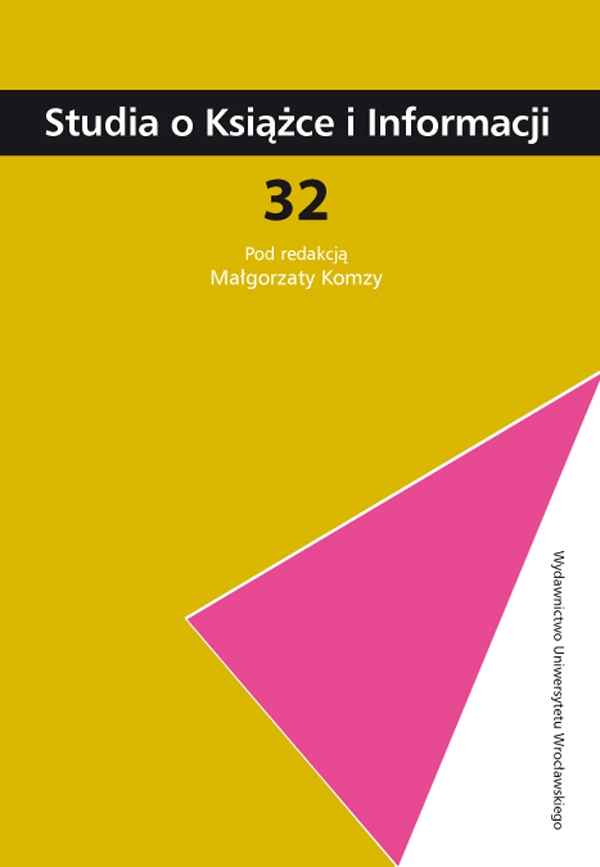E-Science, perspectives et opportunités pour de nouvelles pratiques de la recherche en informatique et mathématiques appliquées
Abstrakt
E-Science, perspektywy i szanse dla nowych praktyk badawczych w informatyce i matematyce stosowanej
Rozwój narzędzi Web 2.0 umożliwił stworzenie kanałów pozwalających na komunikację synchroniczną i interaktywną. Badacze coraz częściej pracują w sieci, tworzą wirtualne wspólnoty, w których dzielą się publikacjami naukowymi, stosują oceny peer-review i praktykę folksonomii. Gremia naukowe mogą wiele zyskać przez ustanowienie wspólnej infrastruktury, która pozwoliłaby im na zdalny dostęp do zasobów informacji i bezpośredniego wykorzystywania danych dostępnych w sieci. Taką efektywną siecią światową jest GEANT, łącząca ponad 3000 ośrodków badawczych z ponad 30 krajów. E-Science polega na skupianiu tych narzędzi i usług, które umożliwiają tworzenie wirtualnych laboratoriów. W MI2S w Grenoble podjęto zadanie informowania społeczności informatycznej i zajmującej się matematyką stosowaną o różnych zadaniach badawczych i potrzebach w zakresie e-Science. Od 2010 r. w Grenoble współpracują G-Scop, gipsa-lab, LIG, LJK, MaiMoSiNE,TIMA,TIMC,VERIMAG. Korzysta z tej strefy 400 użytkowników i realizowanych jest 150 projektów. Przez badaczy francuskich wykorzystywane są możliwości, jakie tworzą GRID5000, sieć GEANT przez Renater Réseau National de télécommunications pour la Technologie l’Enseignement et la Recherche. Działają m.in. platformy: CIMENT, Dimocode.
E-Science, prospects and opportunities for new research practices in applied IT and mathematics
The development of Web 2.0 tools has made it possible to create channels of synchronic and interactive communication. Researchers increasingly work online, create virtual communities in which their share their scholarly publications, use peer reviewing and folksonomy. Scientific circles could benefit alot from ashared infrastructure that would allow them to remotely access information resources and directly use the data available on the Internet. An example of such an effective world network in GEANT, which links over 3000 research centers from over 30 countries. E-Science consists in bringing together tools and services that make it possible to create virtual laboratories. The task of the Grenoble-based MI2S is to inform the IT and applied mathematics community about the various research tasks and needs with regard to e-Science. Since 2010, the entities cooperating in Grenoble include G-Scop, GIPSA-lab, LIG, LJK, MaiMoSiNE, TIMA, TIMC, VERIMAG. The service is used by 400 users and it is linked to 150 projects. French scientists take advantage of possibilities offered by GRID5000, the GEANT network, Renater Réseau National de télécommunications pour la Technologie l’Enseignement et la Recherche. Currently operating platforms include CIMENT and Dimocode.

